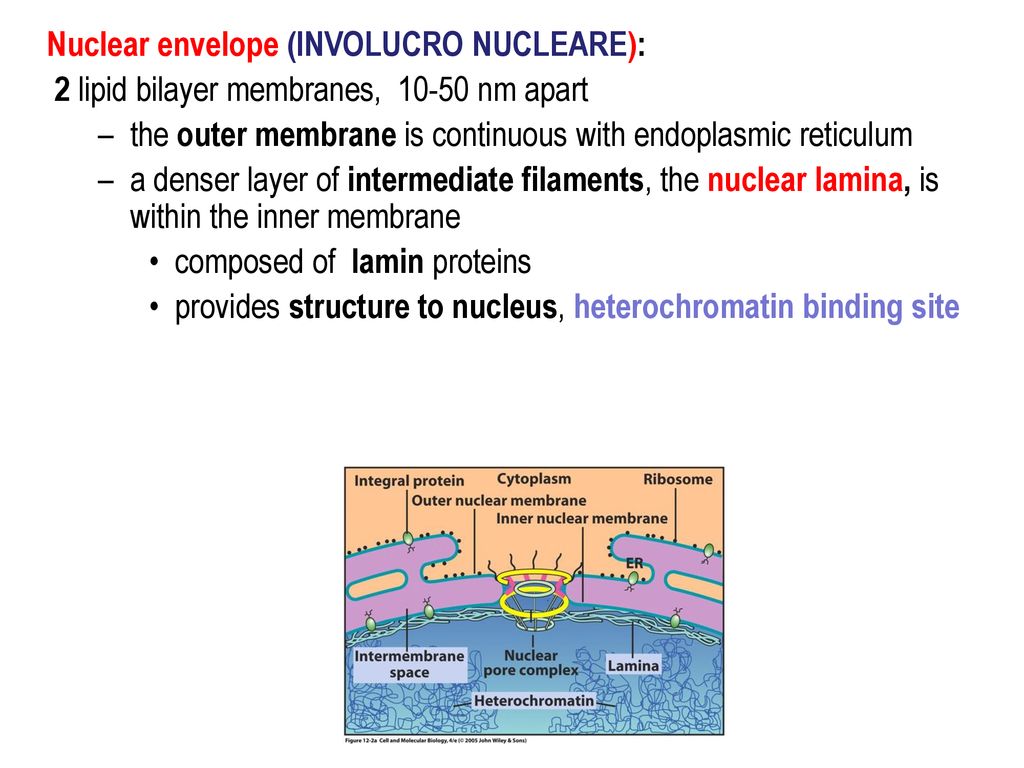Lamin b was one of the first proteins shown to be modified by prenylation 89.
The nuclear lamina is composed of lamin proteins.
The nuclear lamina is a structure near the inner nuclear membrane and the peripheral chromatin.
The nuclear lamina is a multi protein lattice composed of a and b type lamins and their associated proteins.
In the 1990s mutations.
The increasing number of proteins that interact with lamins and the compound interactions between t.
Composed of lamins and lamin associated proteins which include emerin and lbr among others 7 8 the 10 30 nm thick nuclear lamina is found ubiquitously in differentiated cells.
The nuclear lamina consists of two components lamins and nuclear lamin associated membrane proteins.
The nuclear lamina consists of lamin proteins that are required for nuclear envelope assembly 87 88.
It is composed of lamins which are also present in the nuclear interior and lamin associated proteins.
This protein lattice associates with heterochromatin and integral inner nuclear membrane proteins providing links among the genome nucleoskeleton and cytoskeleton.
Lamins also known as nuclear lamins are fibrous proteins in type v intermediate filaments providing structural function and transcriptional regulation in the cell nucleus.
The nuclear lamina is a multi protein lattice composed of a and b type lamins and their associated proteins.
Lamins are present in all animals but are not found in microorganisms.
The lamins are type v intermediate filaments which can be categorized as either a type lamin a c or b type lamin b 1 b 2 according to homology of their dna sequences biochemical properties and cellular localization during the cell cycle.
Lamin a is also farnesylated but it is unique among farnesylated human proteins 90.
Nuclear lamins interact with inner nuclear membrane proteins to form the nuclear lamina on the interior of the nuclear envelope.

